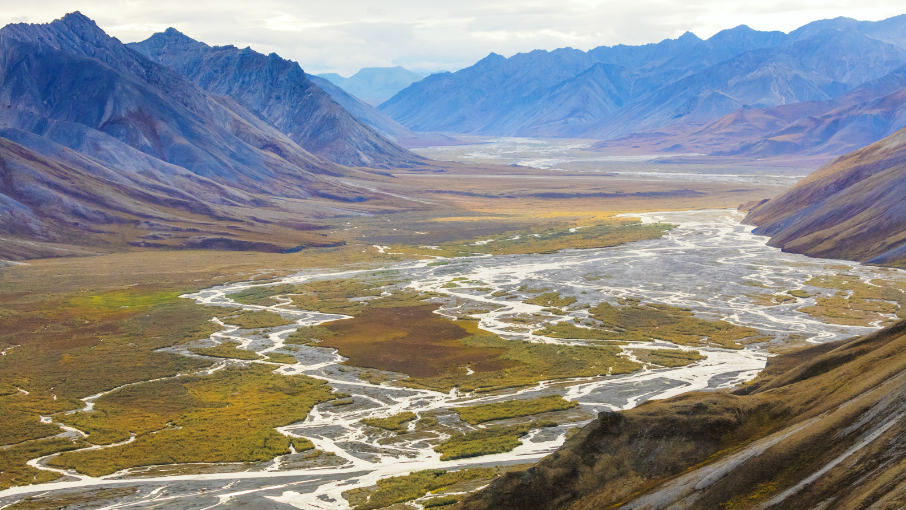
While the concerns date back many years, it was the 2014 collapse of the Mount Polley mine tailings dam, which sent a torrent of 25 million cubic metres of water and mine slurry into nearby creeks, that intensified calls for border mine discharges to be examined.
The British Columbia and Alaska Bilateral Working Group on the Protection of Transboundary Waters examined the Stikine, Taku and Unuk trans-boundary watersheds.
“The data has not shown a measurable impact to Alaskan waters from historical mining activities in B.C.”
Jason Brune, Commissioner of the Alaska Department of Environmental Conservation
After four years’ work, the bilateral group released its results on February 25.
The conclusion: The rivers continue to support and sustain aquatic life in conjunction with mining and other land use activities.
However, the report noted analysis of sediment samples from all target watersheds identified sites with concentrations of arsenic, copper and nickel above both B.C. and U.S. sediment quality guidelines.
“The data has not shown a measurable impact to Alaskan waters from historical mining activities in B.C. and will serve as a foundation to assess potential impacts from future industrial activity as well,” said Jason Brune, Commissioner of the Alaska Department of Environmental Conservation.
The report said water and sediment samples were tested for a number of elements including cadmium, copper, selenium, zinc, arsenic, iron, manganese, and nickel.
Sediment samples from both B.C. and Alaska identified sites with concentrations of some elements above guidelines. However, some were largely attributed to naturally occurring mineral deposits.
While some B.C.-side water sample results exceeded B.C. water quality standards, there were no exceedences of Alaska water quality standards for all samples taken downstream of the B.C.-Alaska border.
In all fish sampled, total mercury concentrations were below Health Canada’s maximum limit for human consumption.
“This program has been an extraordinary partnership of many dedicated and knowledgeable people, and is a great example of what can be achieved when we work together,” B.C. Minister of Environment and Climate Change Strategy George Heyman said. “Water and wildlife don’t recognize borders, and so it’s up to all of us to protect our critical and priceless watersheds regardless of jurisdiction.”
(This article first appeared in Business in Vancouver)




